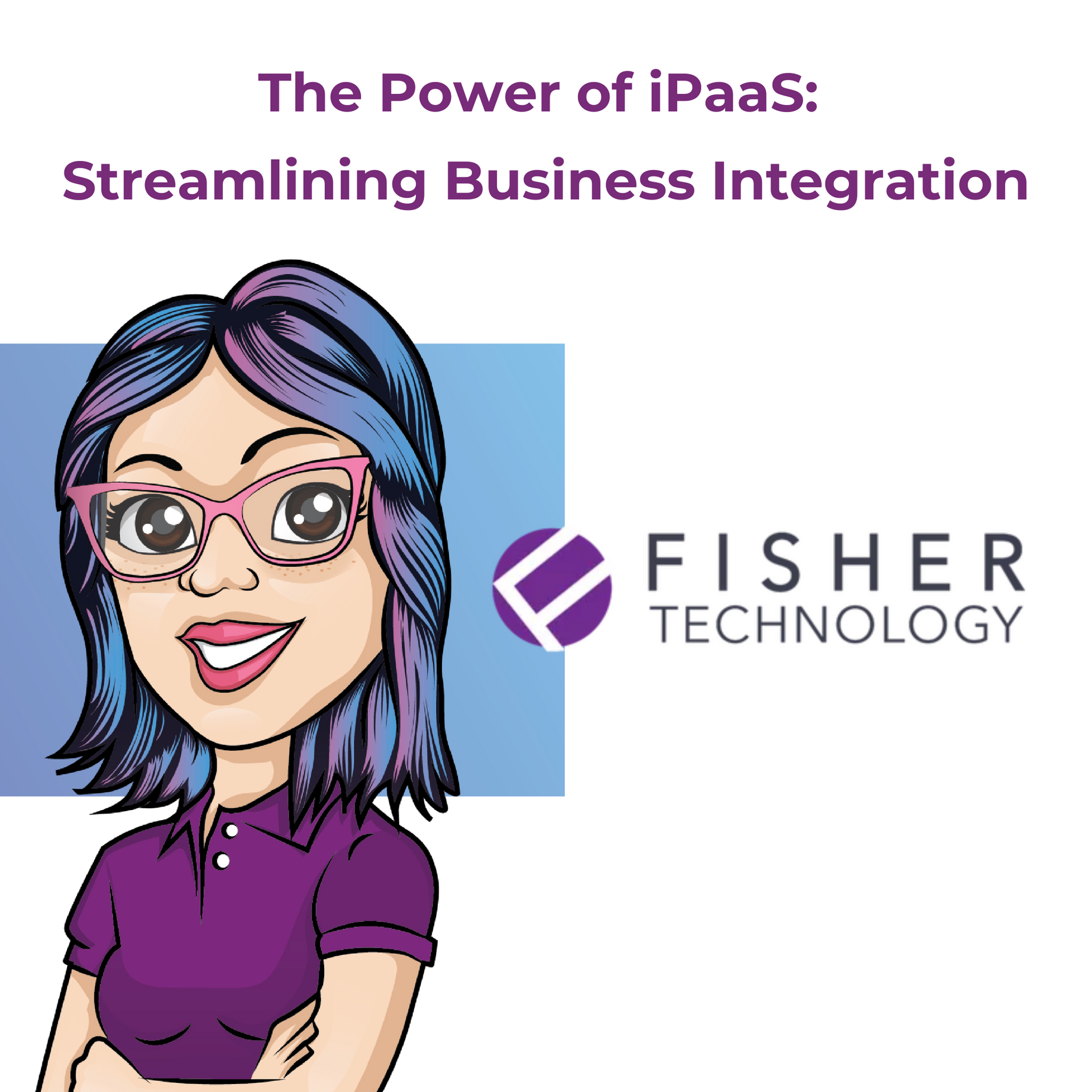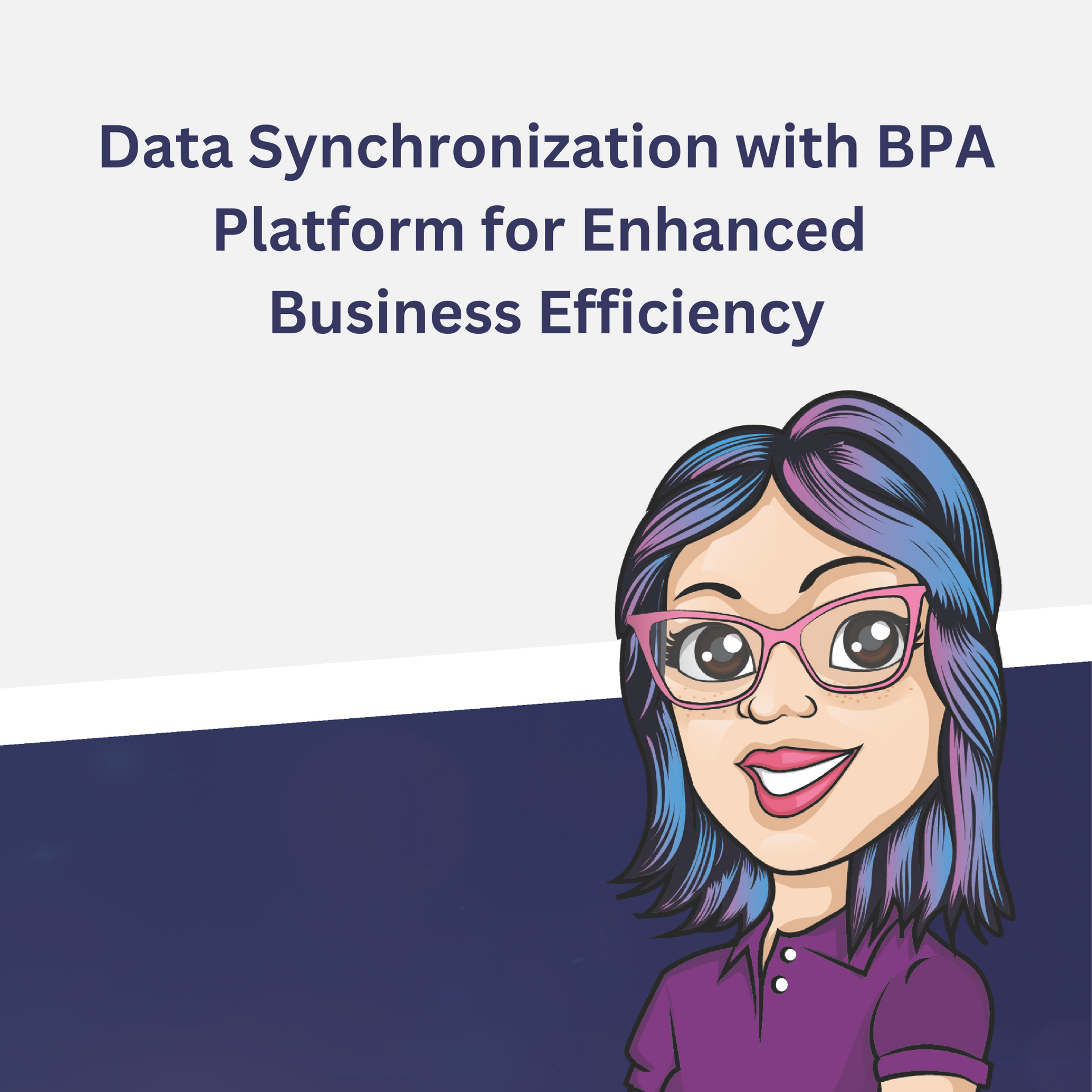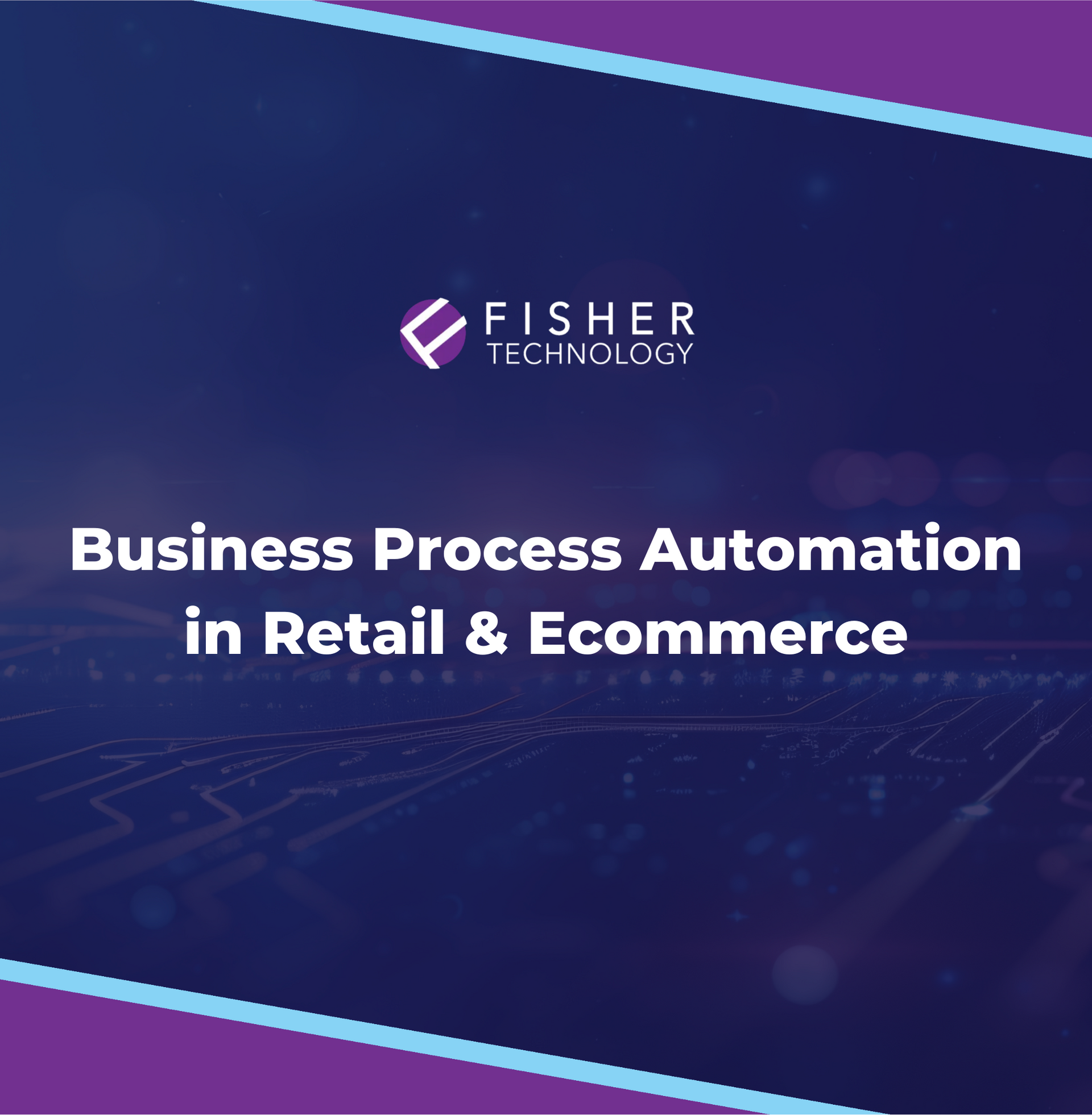Breast Cancer Awareness Month
Kiara Walker • October 1, 2020
You may have noticed something different about our website... We've gone pink for the month of October in honor of Breast Cancer Awareness!
This month is not just about wearing pink to raise awareness for breast cancer, it’s a time to honor the countless warriors who have endured such a trying ailment as well as learn what’s been done to fight back against cancer and educate ourselves on how we can lend unconditional support to those who need it most.
Breast cancer is the most common cancer in women worldwide and the second most common cancer overall. It is a leading cause of cancer death in less developed countries and the second leading cause of cancer death in American women, exceeded only by lung cancer.
In the U.S. in 2020, there will be an estimated 276,480 new cases of invasive breast cancer diagnosed in women and 2,620 cases diagnosed in men, according to the Breast Cancer Research Foundation.
Even if you may not be directly impacted by the effects of breast cancer, there’s a good chance that you know someone who knows someone going through it and wouldn’t be impartial to a little support so they know they aren’t alone in this fight against cancer. Even a little effort can go a very long way.
[Jay and Amanda]
A few years ago, Nicole's nephew, Jay, wrote a rant about cancer. At the time, Jay was 11 when his mother Amanda Turofsky, Nicole's sister, was diagnosed with breast cancer. This beautifully written piece just goes to show how cancer affects not only those who have been diagnosed, but also family and friends who are in the fight against cancer together. Jay's rant can be found here.
Amanda was diagnosed with breast cancer back in December 2013. Around the same time, she began painting and found it to be a quite helpful practice as she endured rigorous treatment. "I found that painting was very therapeutic and it became a medicine for my soul. I was able to immerse myself in the color of the paints, and the imaginary characters that I was creating on the canvas, enabling me to reach another world," says Amanda. Now in remission, she thanks Breast Cancer Care for their amazing support and services that they offer.
Though the mention of cancer can be scary and daunting, it’s important to highlight the many successful tales of strong individuals that have beat this illness and have gone on to share their stories and experiences with others, essentially serving as a beacon of hope for the future.
[Brit in DC]
Fisher Technology is proud to be sponsoring a fundraising effort raising money for Breast Cancer Research Foundation with one of our own. Joel Cannon, a streamer on Twitch, is donating all proceeds from his content and donating 100% of them to Breast Cancer Research. We have decided to match all of the donations 1-to-1 for the month of October. Any additional donations are greatly appreciated and can be made directly to the campaign here.
As we dive further into October, we’d like to share upcoming events in our local and national communities, if you’re interested in getting involved with the cause:
Breast Cancer Awareness Events in Palm Beach County
National Walk for Cancer Events
We encourage you in joining us to help to fund life changing research and crucial services for those in need. You can donate to the Breast Cancer Research Foundation below.

By Nicole Laurier
•
March 22, 2025
When your business uses different tools and softwares that don't communicate, critical information can get lost and workflows can break down. This blog explores how Integration Platform as a Service (iPaaS) solves this problem by connecting your essential business applications. We'll cover why iPaaS is the best choice to help businesses overcome common challenges, the key benefits of implementing an integration platform, and a look at BPA Platform's specific iPaaS capabilities. Keep on reading to discover how the right integration strategy can transform scattered data into a powerful, unified business resource. Why iPaaS? Data visibility across an organization is crucial for improving efficiency, seizing new opportunities, and identifying potential threats. In the past, businesses operated within a single system, but today, the vast array of available software has led different departments to adopt applications tailored to their specific needs. While these tools enhance departmental efficiency, they also contribute to data silos, where critical information is stored in separate locations. This fragmentation can disrupt sales and accounting processes, hinder collaboration, create inefficiencies, and increase the risk of data errors. Integration Platform as a Service (iPaaS) provides a cloud-based solution that seamlessly connects, automates, and manages applications, systems, and data across business environments. By replacing traditional middleware with a standardized approach, iPaaS delivers cost-effective integration capabilities. How does iPaaS work? iPaaS is a cloud integration platform that creates a centralized ecosystem for managing data workflows. The platform offers pre-built connectors and automation tools that seamlessly link applications, services, and databases. With iPaaS, businesses gain a unified view of their integration landscape, allowing them to control and modify data flows across their infrastructure. As organisations grow, iPaaS scales effortlessly; new systems and services can be connected without significant cost, and custom functionality can be implemented to meet evolving business needs. The Advantages of iPaaS Reduced costs: Saves costs by automating integrations, reducing manual processes, and improving operational efficiency, which minimizes IT expenses and resource allocation. Reduced resources: Reduce the amount of time and number of personnel concentrating on system integration and data migration. Improved scalability: Easily add new applications and tweak business processes as the business grows. Centralised management: Once central ecosystem to manage data, integrations, processes, and workflows. Improved decision making: With access to real-time data across an organisation, employees and management can make better decisions to help improve efficiencies. ROI: iPaaS can help businesses drive company revenue and go to market quicker. BPA Platform’s iPaaS Solution BPA Platform’s iPaaS tool capabilities include: Drag and drop integration between cloud-based and on-premises systems and applications so that system integration steps are visually represented within a wider automated process. Innovative transformation functions that can be dragged onto the mapping area to change the data between inputs and outputs. RESTful web service integration by removing the need for bespoke development. SOAP web services integration Support OData and SData services Transform Your Business Integration Strategy with iPaaS As businesses continue to navigate the complexities of digital transformation, iPaaS solutions stand out as essential tools for maintaining competitive advantage. By breaking down data silos and creating seamless connections between applications, iPaaS empowers organizations to harness the full potential of their data. The result is not just improved operational efficiency, but also enhanced agility to respond to market changes, better customer experiences through integrated data flows, and ultimately, accelerated business growth. Ready to eliminate data silos in your business? Contact Fisher Technology today to learn more about how BPA Platform's powerful iPaaS capabilities can transform your integration challenges into competitive advantages. Don't let disconnected data hold your business back!

By Nicole Laurier
•
March 6, 2025
Imagine this: your sales team closes a deal, but the customer data doesn't reach your CRM in time. Or worse, your inventory system fails to update immediately after an online purchase, leading to overselling. These scenarios can spell disaster for businesses striving to deliver seamless operations and exceptional customer experiences. This is where data synchronization becomes a game-changer. This blog explores the importance of data synchronization, how BPA platform facilitates it, and the benefits it unlocks for businesses looking to operate more efficiently and grow. If improving your processes and staying competitive are your top goals, this is for you! The Importance of Data Synchronization Businesses today run on data—customer information, inventory details, financial transactions, and more. But having data isn’t enough; it must move across systems to empower decision-making and ensure operations flow smoothly. Without data synchronization, businesses face challenges like: Delayed decision-making due to outdated or incomplete data Inefficient processes , with systems unable to “talk to each other” Customer frustration caused by errors like incorrect stock availability or billing Take this as an example: A retail business might have separate systems for online orders, in-store sales, and warehouse inventory. If these systems don’t sync, customers might order an item online, only to be told it’s out of stock later—a poor customer experience that can negatively impact your business. But how can you achieve this synchronization without overhauling your entire tech stack? That’s where BPA platform comes in. Understanding the Role of BPA Platform BPA platform is a robust solution designed to streamline and automate repetitive tasks, including data synchronization between disparate systems. It serves as the glue that connects your software applications and ensures they exchange information seamlessly. Here’s how a BPA platform enhances data synchronization: Unified Integration : BPA platform connects various software systems—CRMs, inventory tools, ERPs, and more—so they exchange updated information without manual intervention. Event-driven Processes : BPA platform has event-triggered synchronization, meaning data updates whenever an action occurs (e.g., a customer places an order). Scalability : BPA platform can handle synchronization needs no matter how large your data volumes grow, making it ideal for scaling businesses. Benefits of Data Synchronization with BPA Platform Now that you understand the importance of data synchronization using BPA platform, let's explore the significant benefits it can provide. 1. Improved Operational Efficiency Data synchronization saves countless hours of manual work by automating the process of transferring data between systems. This reduces redundancies and allows employees to focus on high-impact tasks rather than administrative ones. With everything moving in sync, the outcomes are faster processes and smoother operations. 2. Better Decision-making Business leaders make critical decisions daily, and outdated or incomplete data can compromise these judgments. Synchronization ensures stakeholders have access to up-to-date data at all times. When everyone operates with the same, accurate data in hand, decision-making becomes faster and more precise. 3. Enhanced Customer Satisfaction Customers today expect flawless experiences across all touchpoints. Real-time synchronization ensures they aren’t disappointed by errors such as stock issues or pricing inconsistencies. A positive customer experience builds trust, loyalty, and brand advocacy. 4. Reduced Errors and Costs Manual data entry and delayed updates come with the risk of errors—mistyped numbers, mismatched records, and conflicting updates, to name a few. These errors can lead to costly setbacks. By automating synchronization with BPA platform, businesses significantly reduce these risks while saving money. A Pathway to Business Efficiency Data synchronization facilitated by tools like BPA platform, is no longer a nice-to-have—it’s a necessity. Businesses that implement this technology experience enhanced operational efficiency, improved decision-making, and happier customers, all while setting the stage for future growth. If achieving these results is your goal, there’s never been a better time to start optimizing the processes behind your business. Don’t leave your success up to chance—explore how BPA platform can transform your data management processes for good. Contact us today to discover how we can help drive your business forward!

By Nicole Laurier
•
January 28, 2025
From managing inventory to processing sales data, repetitive manual tasks can drain employee time and increase the risk of costly errors. Whether you operate a brick-and-mortar store or an eCommerce platform, these challenges can impact productivity and profitability long before your product reaches the shelves. Business Process Automation (BPA) offers a game-changing solution by eliminating the need for manual data processing. BPA Platform automates essential retail tasks such as updating product information, generating sales reports, and handling returns, allowing employees to focus on more strategic responsibilities. By reducing operational costs, minimizing human error, and streamlining workflows, automation empowers retail businesses to process sales and manage critical data more efficiently—all without employee intervention. Keep on reading for more details! What is a Business Process? Business processes refer to a series of interrelated tasks or activities performed within an organization to achieve a specific goal or deliver a desired outcome. They represent the systematic way in which work is organized, executed, and monitored to ensure smooth operations and efficient resource utilization. Business processes can encompass various functional areas such as sales, marketing, finance, human resources, operations, customer service, and much more. These processes often involve the flow of information, materials, or services across different departments or individuals, following predefined rules or guidelines. They can range from simple tasks to complex workflows, and their optimization is crucial for enhancing productivity, quality, and overall organizational performance. Automated Business Process Examples So what types of business processes can be automated? Well, the list is endless and is dependent on the type of business or company structure that it is going to be applied to, and the specific needs, goals and challenges of the organization. Business process automation provides the ability to carry out and fulfill business processes without human intervention. These processes can cover a wide variety of business activities, tasks or workflows, ranging from order management and financial reporting, to data monitoring and critical notifications. Likewise, automated workflows can be used across a variety of industries and functions, from customer service and marketing, to finance and HR. Here are some common examples of business processes that can be automated: Invoice processing: Automating the invoice processing workflow involves capturing invoice data, validating it against predefined rules, routing it for approvals, and generating payment notifications. This automation can streamline the accounts payable process, reduce manual data entry, and improve accuracy. Order fulfillment: Automating order fulfillment involves integrating systems for order capture, inventory management, order processing and shipping. Automated workflows can help track orders, update inventory levels, generate shipping labels and send order status notifications to customers. Customer Relationship Management (CRM): Automating CRM processes involves capturing and managing customer data, tracking interactions and automating communication workflows. This automation can help in lead generation, sales pipeline management, customer segmentation and personalized marketing campaigns. Performance reporting: Automating performance reporting involves collecting data from various sources, aggregating it, and generating reports for analysis. Automated reporting can save time, provide real-time insights and enable data-driven decision-making. Expense management: Automated systems can capture expense data, validate it against policies, route it for approval and streamline reimbursement processes, saving time and reducing errors. Why BPA Platform is the Right Choice BPA Platform provides the tools needed to quickly and easily build automated processes that are unique to the way a business works. It allows for changing business environments by providing the flexibility for automated processes to be adapted or completely re-written to meet new conditions. BPA Platform also provides a powerful and flexible workflow automation solution for managing and monitoring the flow of work within an organization, ensuring that business rules are adhered to and administration is removed. It permits users to receive and authorize multi-level workflow jobs, regardless of the device and business system the workflow starts or ends within, and creates an audit trail for complete peace of mind. Additionally, BPA Platform makes it extremely easy to automate any number of data management alerts and notifications for a host of different scenarios. They can be sent automatically in response to predefined conditions or events and be used to notify customers, partners or administrators of important, informative or critical system events. BPA Platform can monitor business systems for key data changes (to business rules) and automatically send email or SMS business alerts to both internal and external recipients when needed. They can be generated based on specific business events, such as stock level notifications, sales notifications, delivery alerts, service alerts, credit control notifications, support team updates or warehouse alerts. Ready to Automate your Business? Business Process Automation (BPA) is transforming the retail industry by streamlining operations, reducing costs, and minimizing errors. By automating essential workflows—from inventory management to performance reporting—retail businesses can save time, improve accuracy, and focus on delivering exceptional customer experiences. With the flexibility and robust functionality of BPA Platform, your business can adapt to changing demands and achieve greater efficiency. Ready to unlock the potential of automation for your retail operations? Contact Fisher Technology today to learn how BPA can elevate your business processes and drive lasting success.
WE'LL PROVIDE THE RIGHT SOLUTION FOR YOU
We'll help you find the tech talent you need, so you can focus on running your business.
WE'LL PROVIDE THE RIGHT SOLUTION FOR YOU

We'll help you find the solution you need, so you can focus on running your business.
© 2025
All Rights Reserved | Fisher Technology, LLC
